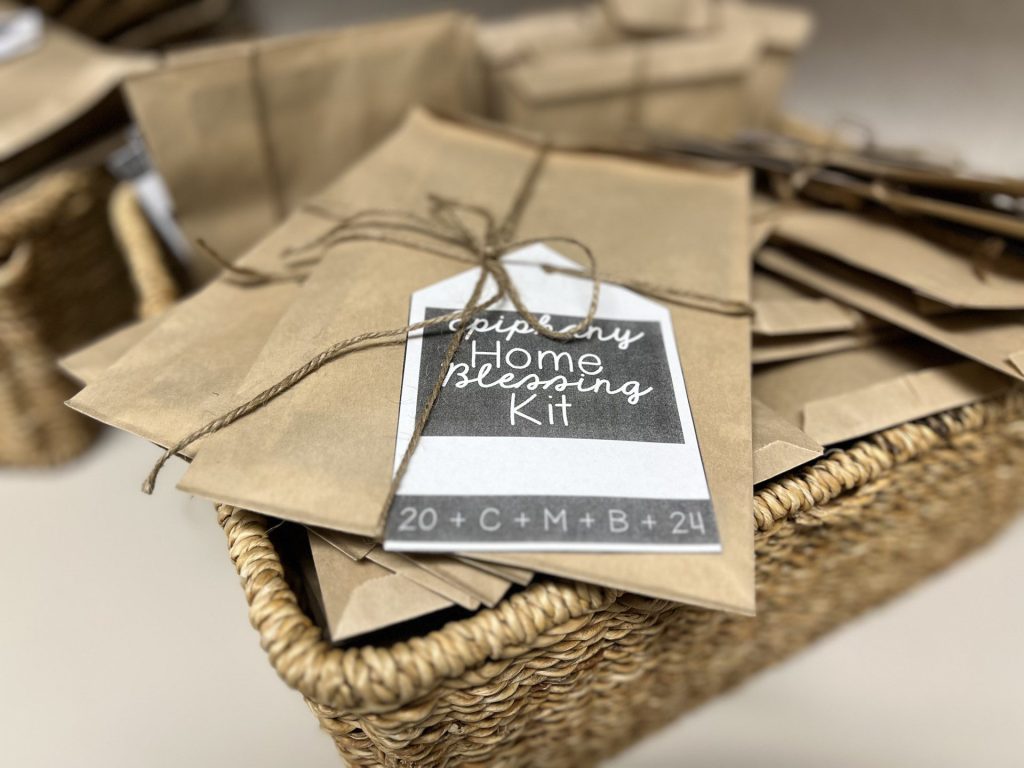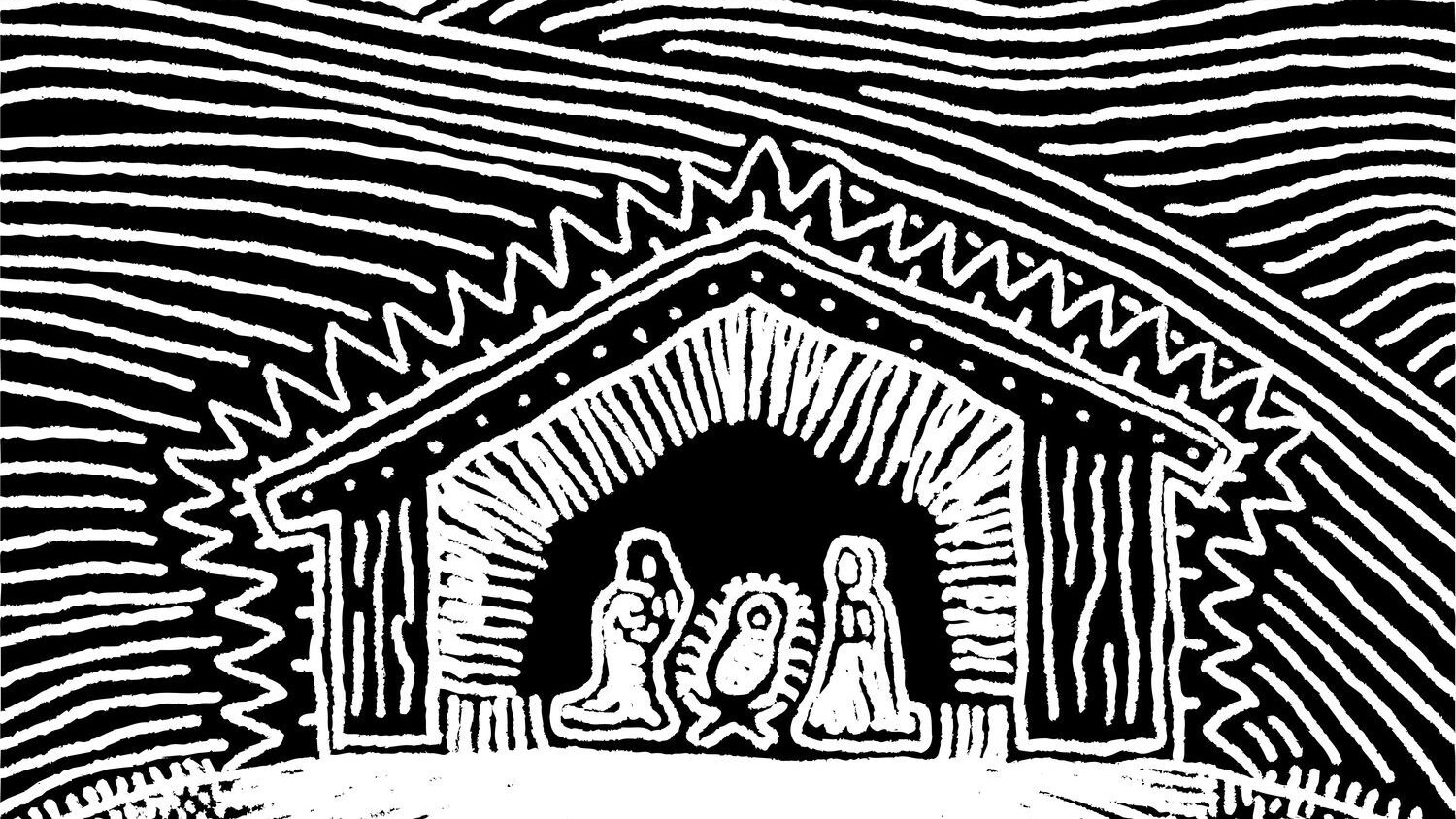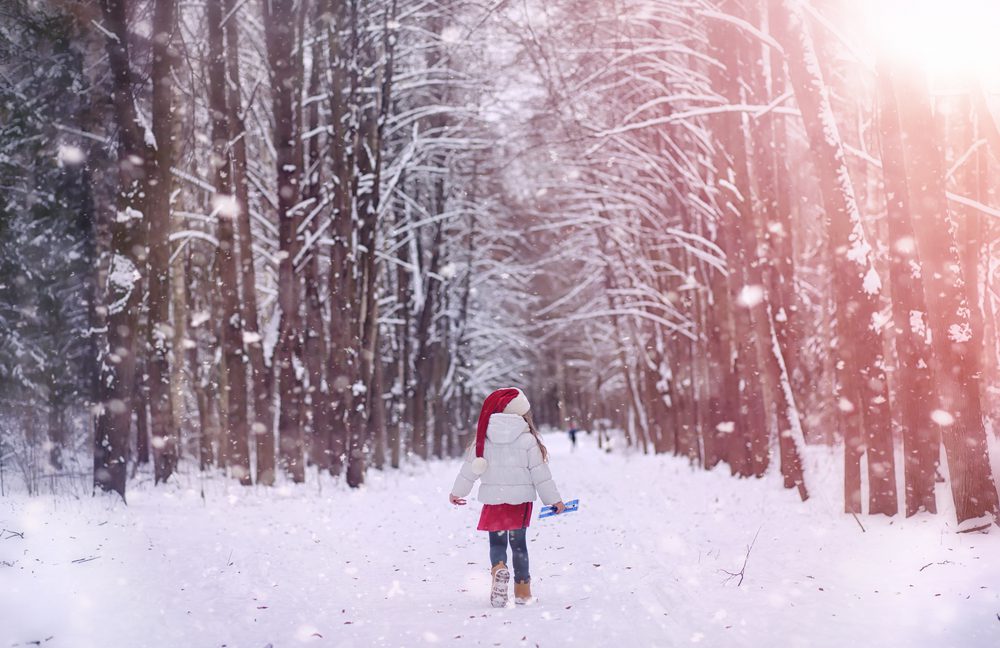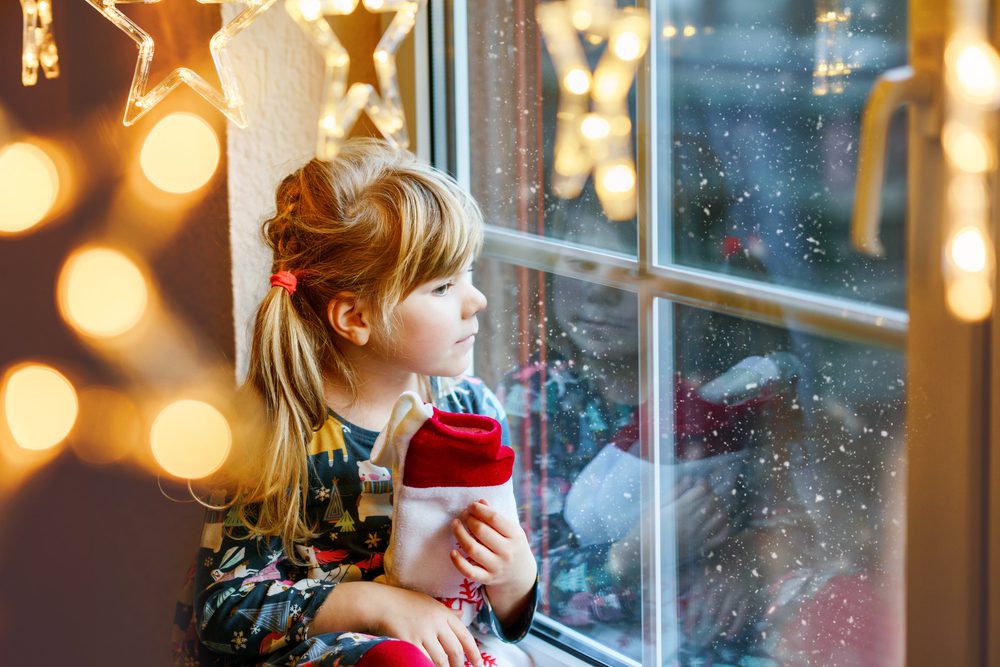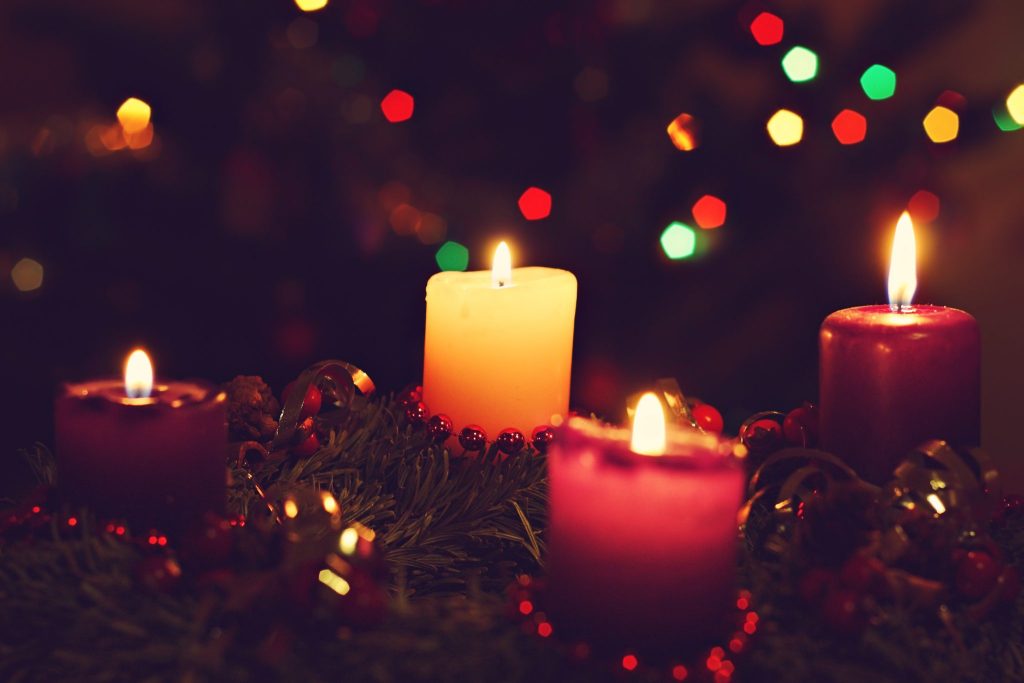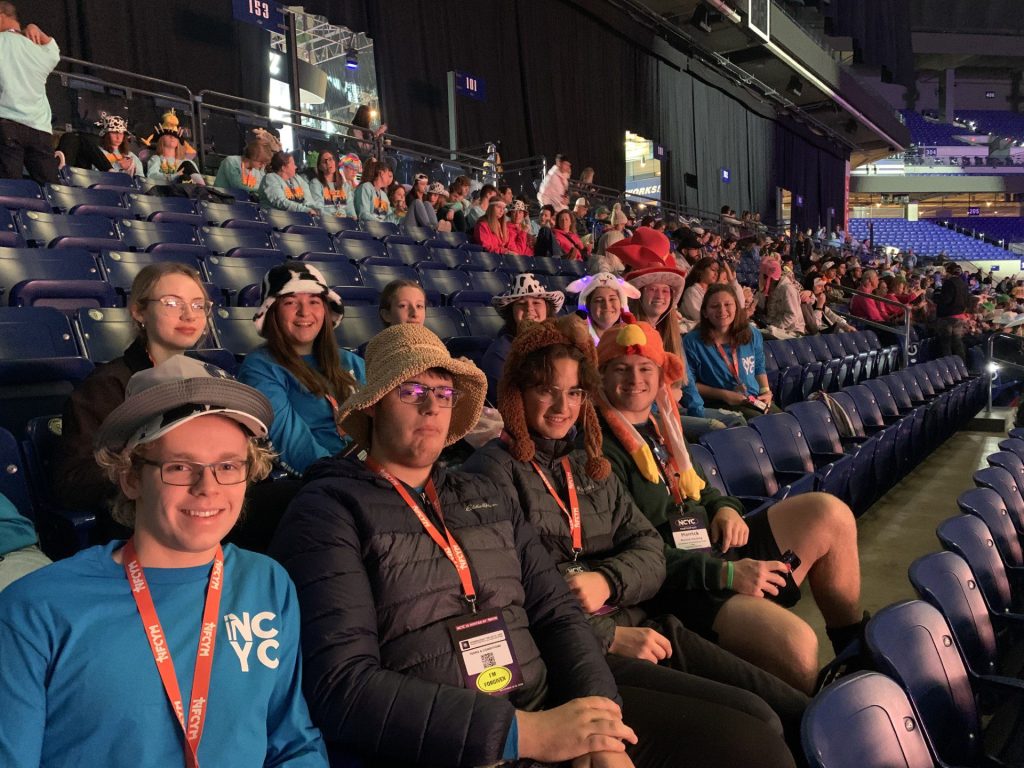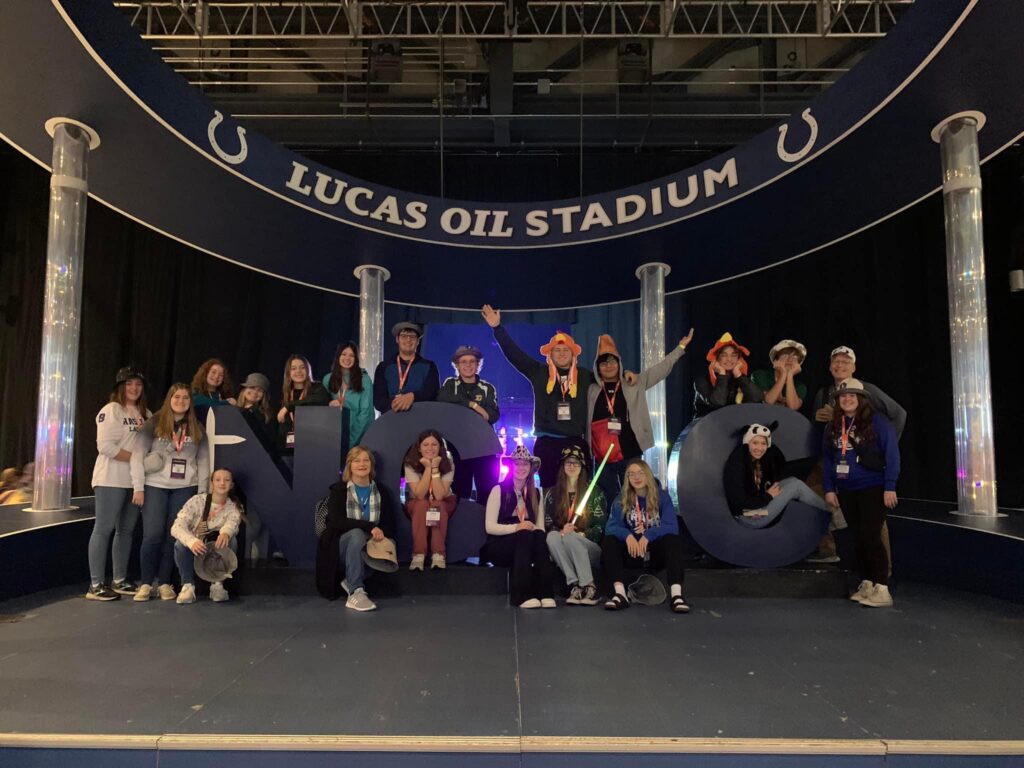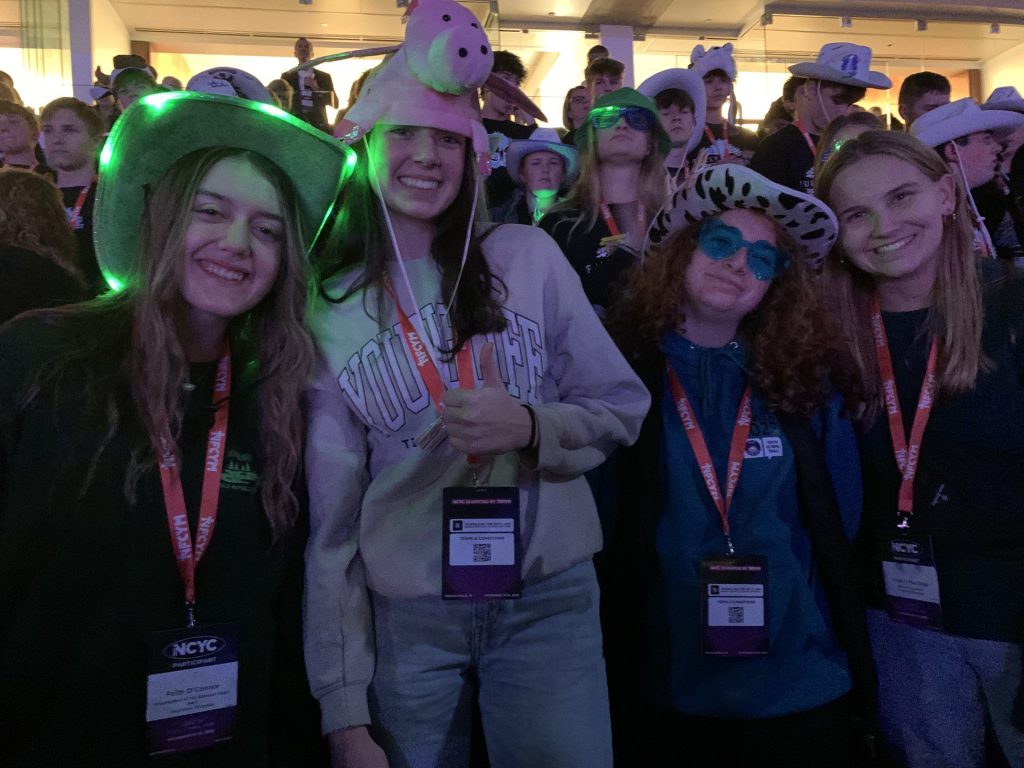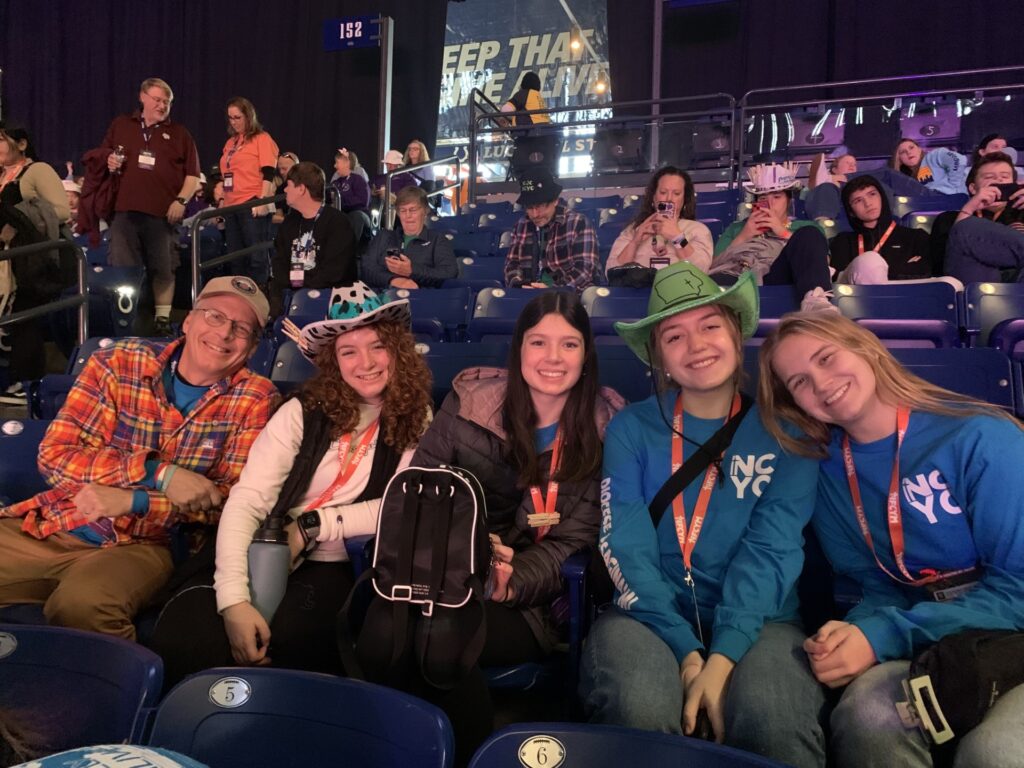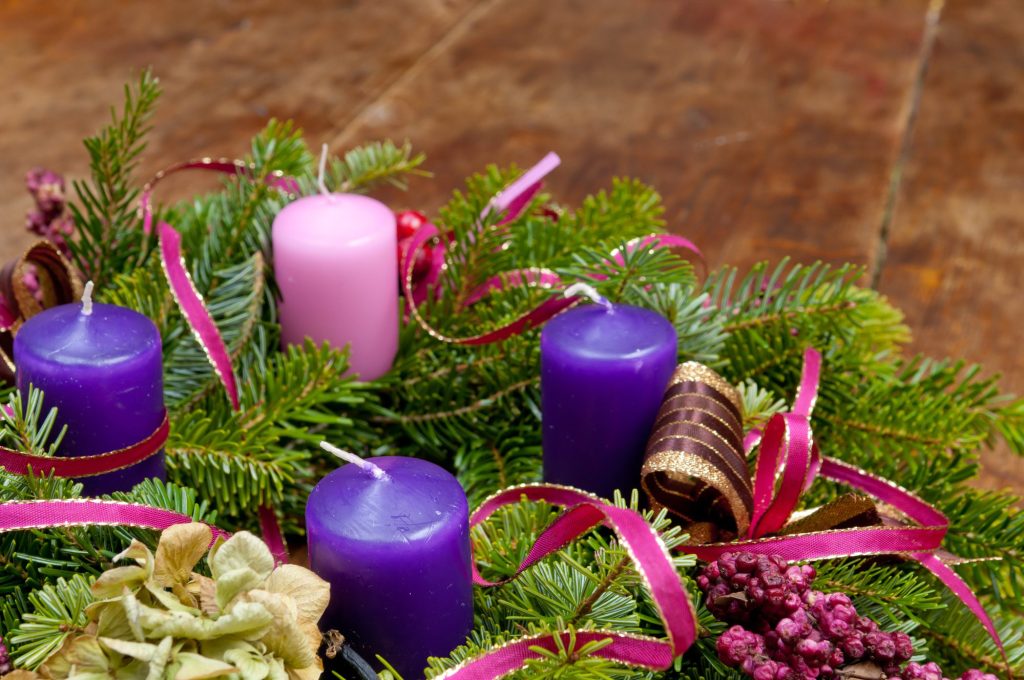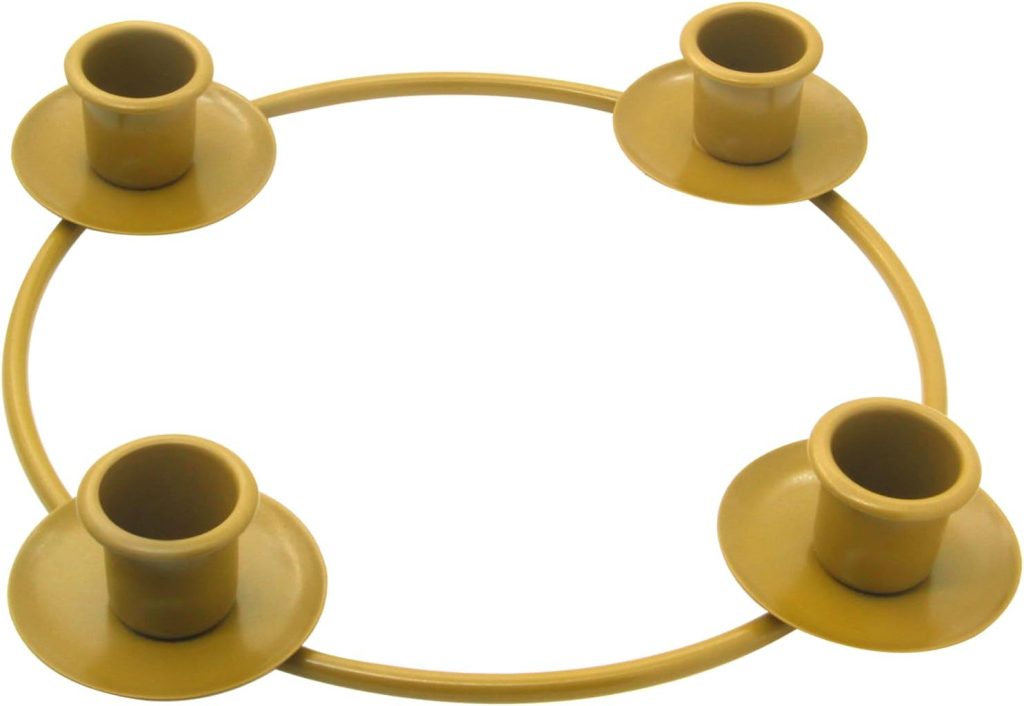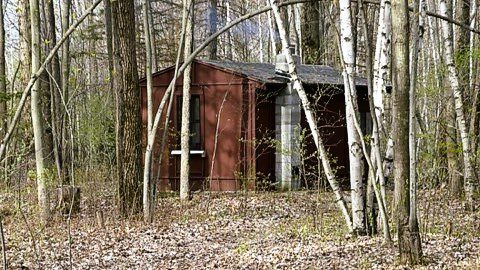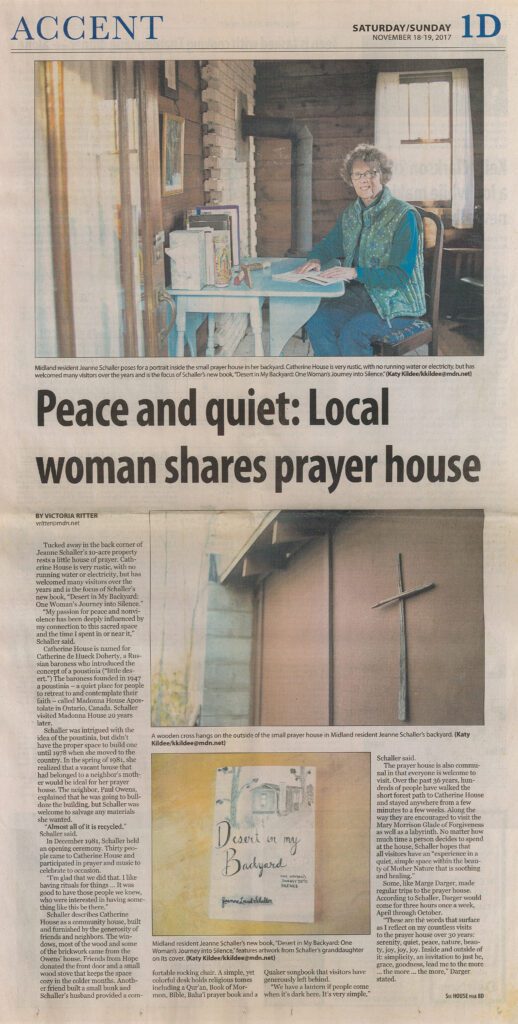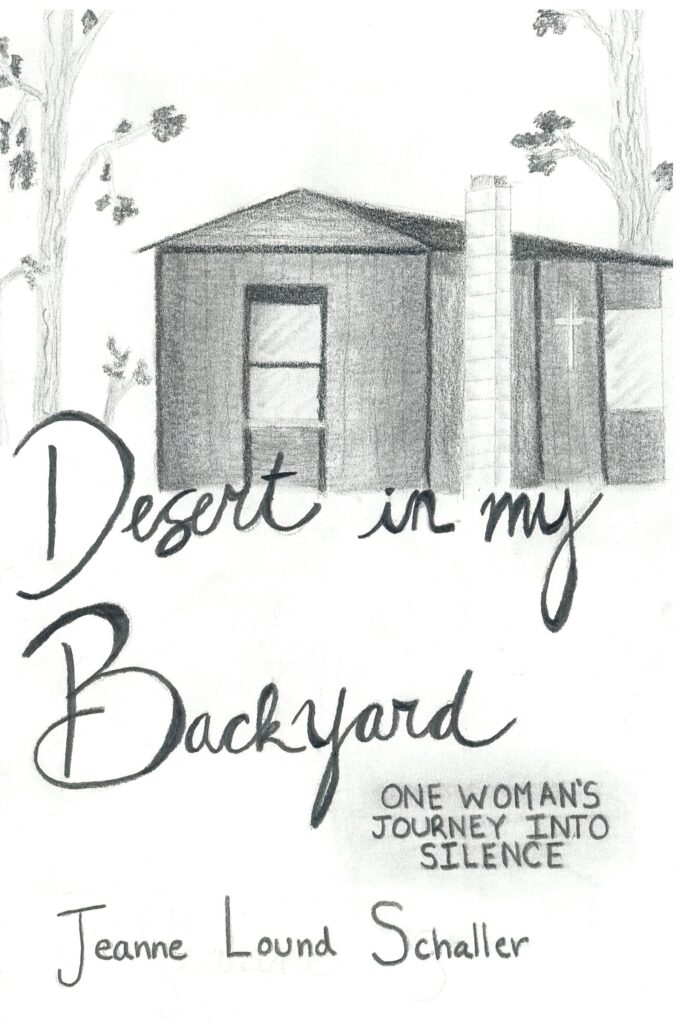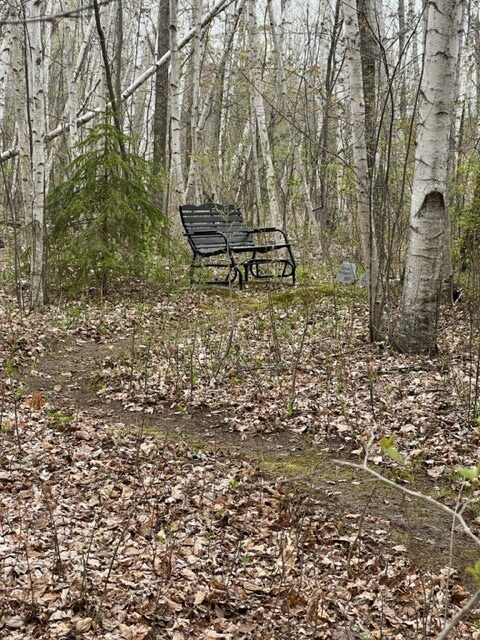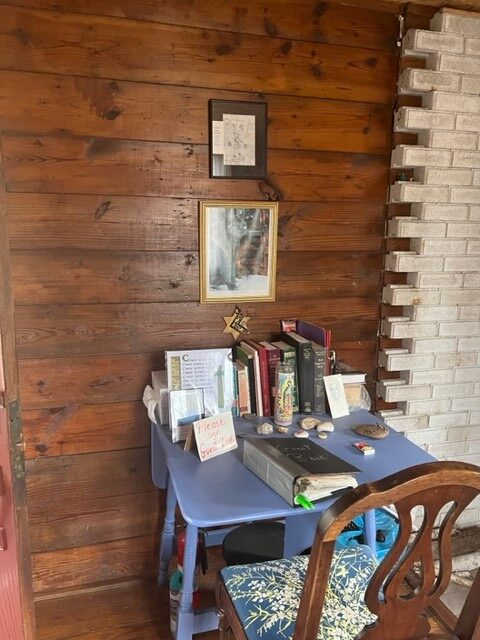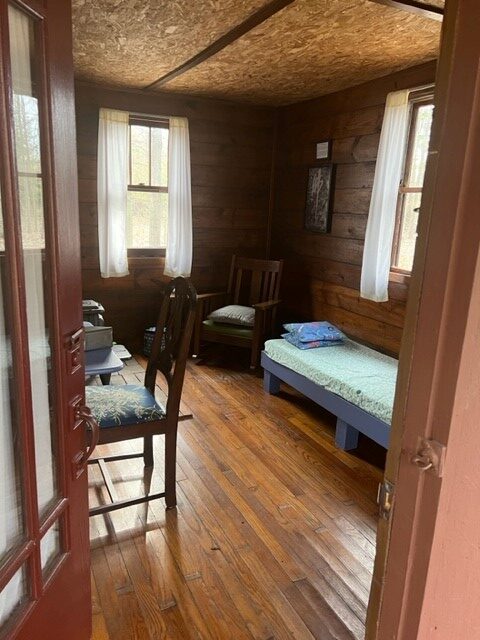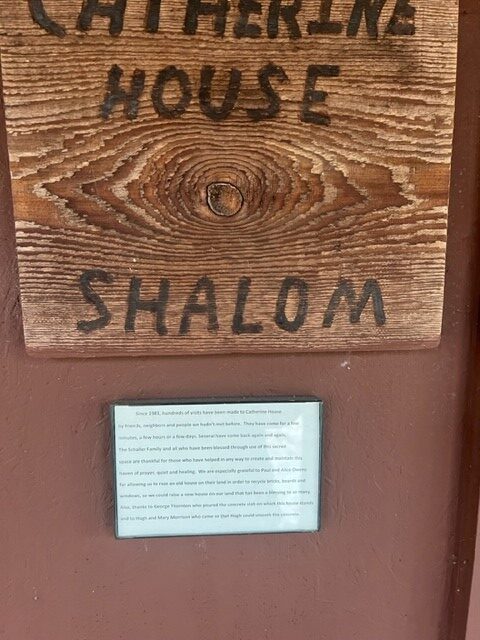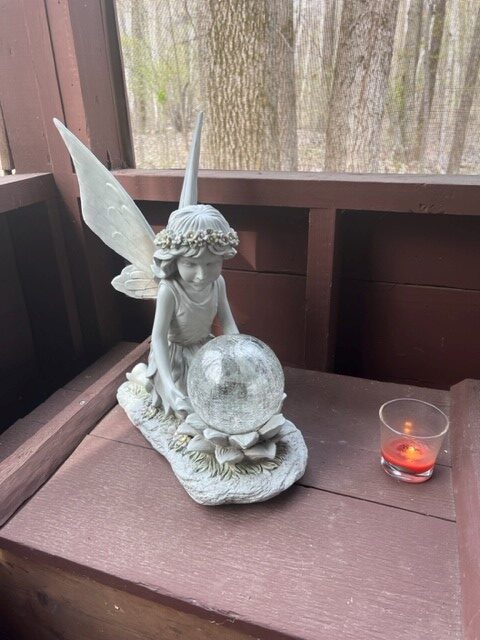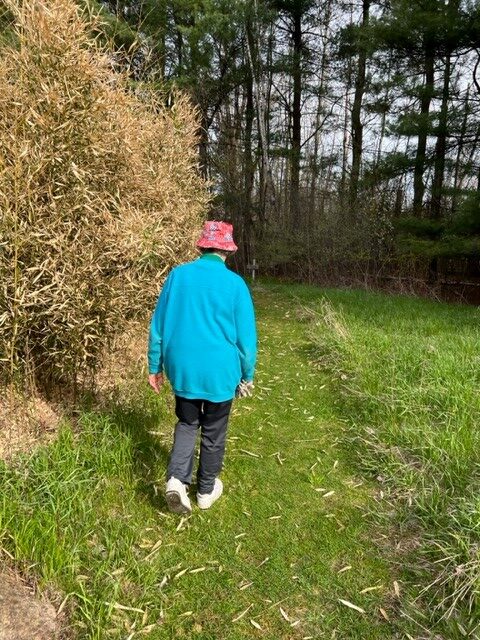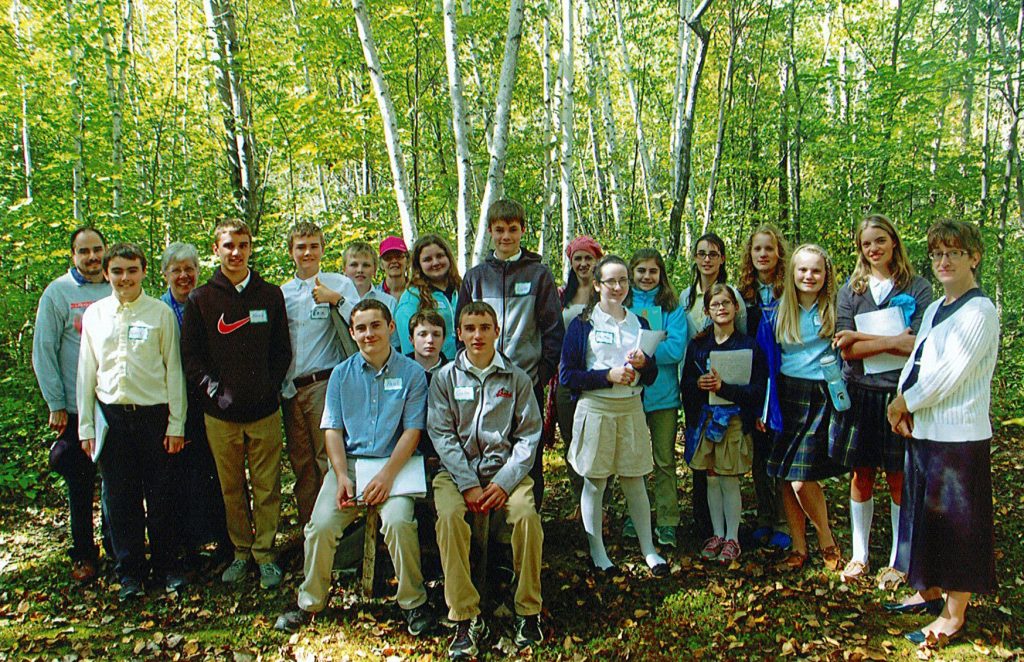“If we really think that home is elsewhere and that this life is a ‘wandering to find home,’ why should we not look forward to the arrival?”
C. S. Lewis
No one is ever truly prepared for the transformation that occurs when a loved one enters the final stage of life or passes away unexpectedly. Dying and death, while natural parts of life, are difficult to face. Change is challenging; loss is even more so. Yet, love endures forever. As Catholic Christians, we believe that we are pilgrims journeying through earthly life. Carrie Underwood captures this sentiment in her song “Temporary Home.”
This is our temporary home
It’s not where we belong
Windows in rooms that we’re passin’ through
This is just a stop, on the way to where we’re going
I’m not afraid because I know this is our
Temporary home
Carrie doesn’t mention, though, that we aren’t alone in this temporary home. We are companions on this journey, walking together so that no one has to walk alone, especially at the end of life. Family and friends typically gather around their loved ones in their final days, providing comfort that surpasses even the visits from a priest. The presence of loved ones is what truly brings solace.
When my grandma was on the final leg of her earthly journey, on hospice at home, her side door was like a revolving door with kids, grandkids, friends, and neighbors. A priest visited once, but it was her family she wanted to pray with. We prayed the rosary, offered freeform prayers, read from the Bible, and sang songs together. We were united in those moments.
Praying with the Sick & Dying
We understand that praying with a loved one in their final days or at their death is not easy for everyone. That’s why we’ve created this page, filled with prayers, songs, and Scripture, to offer comfort and peace to all experiencing this profound change from life to death to new life.
Download the Prayer Book Here
Familiar Prayers
The Lord’s Prayer
Our Father, Who art in heaven, Hallowed be Thy Name. Thy Kingdom come, Thy Will be done, On earth as it is in Heaven. Give us this day, our daily bread, And forgive us our trespasses, as we forgive those who trespass against us. And lead us not into temptation, but deliver us from evil.
Hail Mary
Hail Mary,
Full of Grace,
The Lord is with thee.
Blessed art thou among women,
and blessed is the fruit
of thy womb, Jesus.
Holy Mary,
Mother of God,
pray for us sinners now,
and at the hour of our death.
Glory Be
Glory be to the Father,
and to the Son,
and to the Holy Spirit.
As it was in the beginning, is now,
and ever shall be, world without end.
Eternal Rest
Eternal rest grant unto him/her, O Lord.
And let perpetual light shine upon him/her.
May he/she rest in peace. Amen.

The Rosary
Start by making the sign of the Cross:
In the name of the Father, and of the Son and of the Holy Spirit. Amen.
Then recite the Creed:
I believe in God, the Father almighty,
Creator of heaven and earth,
and in Jesus Christ, His only Son, our Lord.
He was conceived by the Holy Spirit,
and born of the Virgin Mary.
He suffered under Pontius Pilate,
was crucified, died and was buried.
He descended into hell.
On the third day He rose again.
He ascended into heaven,
and is seated at the right hand of God the Father Almighty.
He will come again to judge the living and the dead.
I believe in the Holy Spirit,
the Holy Catholic Church,
the communion of saints,
the forgiveness of sins,
the resurrection of the body,
and life everlasting.
Then say 1 “Our Father”, 3 “Hail Mary’s” for the virtues of Faith, Hope and Charity; and then 1 “Glory Be”:
The Rosary is divided into three parts, each having five mysteries. While meditating on the Mysteries, recite for each Mystery:
1 “Our Father”
10 “Hail Mary’s” and
1 “Glory Be”
After each Mystery the “Fatima Prayer” is said.
O my Jesus, forgive us our sins, save us from the fire of hell, lead all souls to heaven, especially those who are in most need of Thy mercy.
All together this makes up one decade.
Joyful Mysteries
Monday & Saturday
- The Annunciation of the Lord to Mary
Mary is chosen to be the mother of Jesus. - The Visitation of Mary to Elizabeth
Elizabeth recognizes Mary as the mother of our Lord. - The Nativity of our Lord Jesus Christ
Jesus is born and laid in a manger. - The Presentation of our Lord
Jesus is presented in the Temple of Jerusalem. - Finding Jesus in the Temple at age 12
Jesus is found discussing God’s laws in the temple.
Glorious Mysteries
Wednesday & Sunday
- The Resurrection of Jesus Christ
Jesus rises triumphant over death. - The Ascension of Jesus to Heaven
As Jesus ascends, He gives us a special task. - The Descent of the Holy Ghost
At Pentecost the Church is born. - The Assumption of Mary into Heaven
The Virgin Mary is gloriously assumed into heaven. - Mary is Crowned as Queen of Heaven and Earth
Mary is honored above all creatures.
Sorrowful Mysteries
Tuesday & Friday
- The Agony of Jesus in the Garden
Jesus prays when confronted with the sins of the world. - The Scourging at the Pillar
Jesus is whipped before His execution. - Jesus is Crowned with Thorns
Jesus is mocked with a painful crown of thorns. - Jesus Carried the Cross
Jesus carries the weight of our sins to His crucifixion. - The Crucifixion of our Lord
Jesus Christ dies to save all mankind.
Luminous Mysteries
Thursday
- The Baptism in the Jordan
God proclaims Jesus is His Son. - The Wedding at Cana
Jesus performs a surprising miracle at a wedding. - The Proclamation of the Kingdom
Jesus calls us to do something important. - The Transfiguration
Jesus is gloriously transformed. - The Institution of the Eucharist
Jesus shares His Body and Blood to show his love for us.
After the completion of the five mysteries (five decades), the “Hail Holy Queen” is said:
Hail, holy Queen, mother of mercy,
our life, our sweetness, and our hope.
To thee do we cry, poor banished children of Eve.
To thee do we send up our sighs mourning and weeping in this valley of tears.
Turn then, most gracious advocate, thine eyes of mercy toward us,
and after this our exile show us the blessed fruit of thy womb, Jesus.
O clement, O loving, O sweet Virgin Mary.
Pray for us, O Holy Mother of God.
That we may be made worthy of the promises of Christ.
In the Name of the Father, and of the Son and of the Holy Spirit.

Prayers for the Sick & Dying:
Gathering Together
We are gathered here in the name of our Lord Jesus Christ who is present among us. We pray that our presence here might be a source of solace and strength for all who gather. Lord, we thank you for the wonderful gifts of N. and the ways s/he has shown us faith, hope, and love. We come to offer love and comfort to N.as he/she looks forward to life everlasting. Lord, please hear our prayer and we ask you to be with N. and each of us as we leave this place. We ask this with confidence in your love and compassion. Amen.
A Prayer for the Sick Near Death
Blest are You, God of the Universe, We thank you and praise You for life. Bless (name) with patient endurance.
May mercy and compassion be with us during this time of transition.
Remember the good words and works of (name)
May the holy Angels be with (him/her)
both now and forever. Amen.
Prayer to St Joseph Patron Saint of the Dying
Faithful Joseph, with the fulfilment of the Lord’s promise,
you peacefully leave this world in Jesus and Mary’s hands.
Your faith transforms death into the sowing of life;
thus, God considers you to be a just man.
Your heart overflows in the presence of the Lord.
With your hands outstretched to God, your night is filled with prayers.
Surrounded by the living, you embark upon the great march to the promise Land.
Open our eyes that we may glimpse the road to Life that lies beyond death.
May nothing, not denial, anger, nor depression, separate us from the Love of God.
Strengthen our faith in God who always finds ways of preserving us in his friendship.
Be beside us to hold our hands when we take our first steps toward the Eternal Kingdom.
Amen
Prayer For All About To Die
Lord Jesus Christ, as you stood by the bed of good Saint Joseph and gently led him home to heaven, so shepherd every soul about to die to a paradise of perfect peace. Let the tears we shed upon their passing stand witness to our love for them and the depth of our thanksgiving for the gift of their lives and the grace of a good death. For you are Lord, forever and ever. Amen.

Scripture
Short Scriptural Texts
What will separate us from the love of Christ? Romans 8:35
We shall always be with the Lord. 1 Thessalonians 4:17
The Lord is my light and my salvation; whom should I fear? Psalm 27:1
Jesus said, “Come, you who are blessed by my Father. Inherit the kingdom prepared for you.” Matthew 25:34
God said, “I will never forsake you or abandon you.” Hebrews 13:5
They that hope in the Lord will renew their strength, they will soar on eagles’ wings. Isaiah 40:31
Longer Scriptural Reading
The Lord is my shepherd; there is nothing I lack. In green pastures he makes me lie down; to still waters he leads me; he restores my soul. He guides me along right paths for the sake of his name. Even though I walk through the valley of the shadow of death, I will fear no evil, for you are with me; your rod and your staff comfort me…. You anoint my head with oil; my cup overflows. Indeed, goodness and mercy will pursue me all the days of my life; I will dwell in the house of the Lord.
Psalm 23
Download the Prayer Book Here
New Testament Scriptural Readings
Jesus said, “Do not let your hearts be troubled. You have faith in God; have faith also in me. In my Father’s house there are many dwelling places. If there were not, would I have told you that I am going to prepare a place for you? And if I go and prepare a place for you, I will come back again and take you to myself, so that where I am you also may be.”
John 14:1-3
Jesus said, “Whoever loves me will keep my word, and my Father will love him, and we will come to him and make our dwelling with him. Peace I leave with you; my peace I give to you. Not as the world gives do I give it to you. Do not let your hearts be troubled or afraid.”
John 14:23, 27
Jesus said, “My sheep hear my voice; I know them, and they follow me. I give them eternal life, and they will never perish. No one can take them out of my hand. My Father, who has given them to me, is greater than all, and no one can take them out of the Father’s hand. The Father and I are one.”
John 10:27-30
Jesus said, “Come to me, all you who labor and are burdened, and I will give you rest. Take my yoke upon you and learn from me, for I am meek and humble of heart; and you will find rest for yourselves. For my yoke is easy, and my burden light.”
Matthew 11:28-30
So whoever is in Christ is a new creation: the old things have passed away; behold, new things have come.
2 Corinthians 5:17
Jesus said, “Peace I leave with you; my peace I give you. Not as the world gives, do I give it to you. Do not let your hearts be troubled or afraid.”
John 14.27
Old Testament Scriptural Readings
“Do not fear: I am with you; do not be anxious: I am your God. I will strengthen you, I will help you, I will uphold you with my victorious right hand.”
Isaiah 41:10
Be strong and steadfast! Do not fear nor be dismayed, for the Lord, your God, is with you wherever you go.
Joshua 1:9
Blessed are those who trust in the Lord;… They are like a tree planted beside the waters that stretches out its roots to the stream: It does not fear heat when it comes, its leaves stay green; In the year of drought it shows no distress, but still produces fruit.
Jeremiah 17; 7-8
For I know well the plans I have in mind for you…plans for your welfare, and not for woe, so as to give you a future of hope.
Jeremiah 29:11
God is our refuge and our strength, an ever-present help in distress. Thus we do not fear, though earth be shaken and mountains quake to the depths of the sea…. “Be still and know that I am God!”
Psalm 46: 1-3, 11

Music
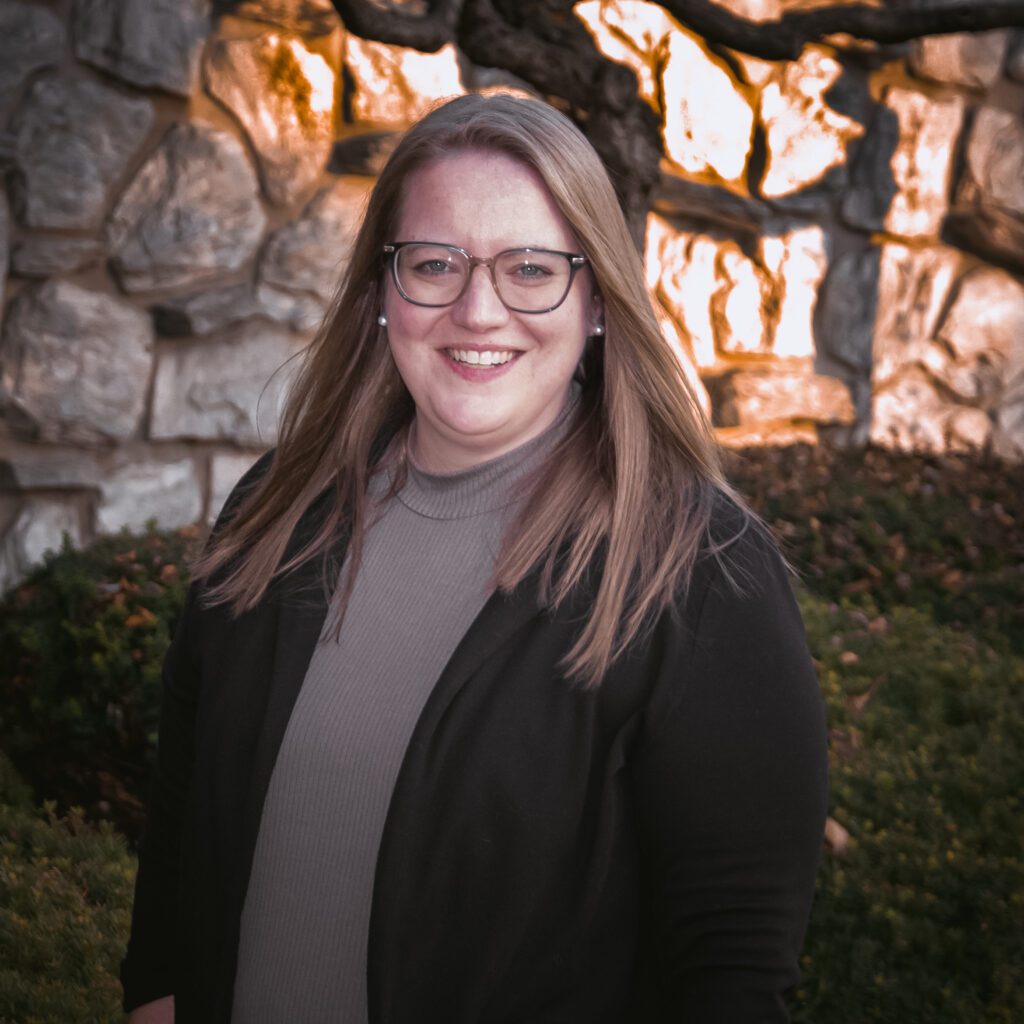
Written by Kristyn Russell
Kristyn is a Midland native who attended St. Brigid Catholic School before heading to Jefferson and Dow High School. She holds a Master’s degree in Theology from Villanova University and a Bachelor’s degree in Theology with a minor in Communication from Aquinas College. When she’s not at work, she’s usually with her dog, Caspian, kayaking a new river, hiking through the woods, or sitting by a campfire reading a book.

